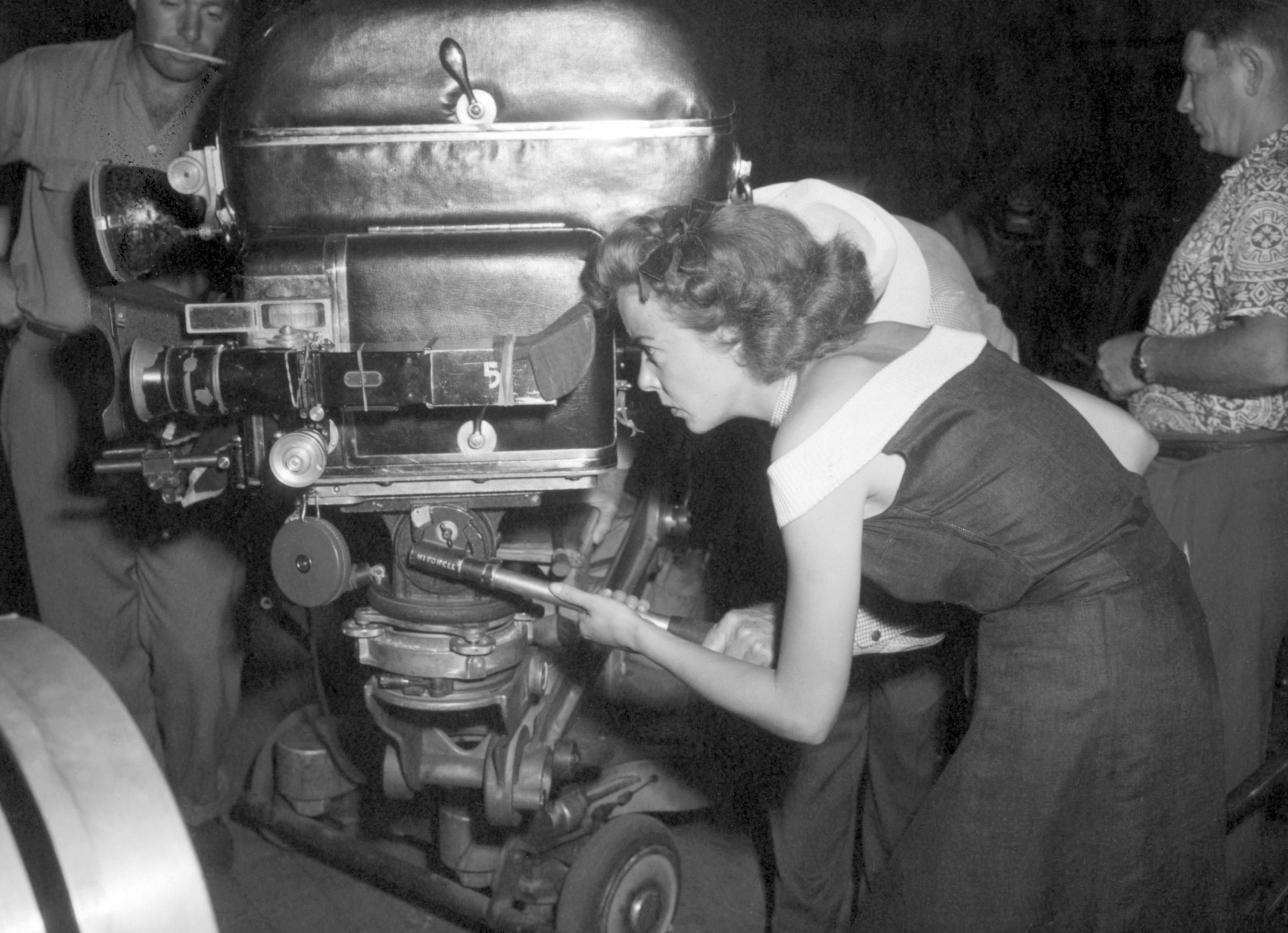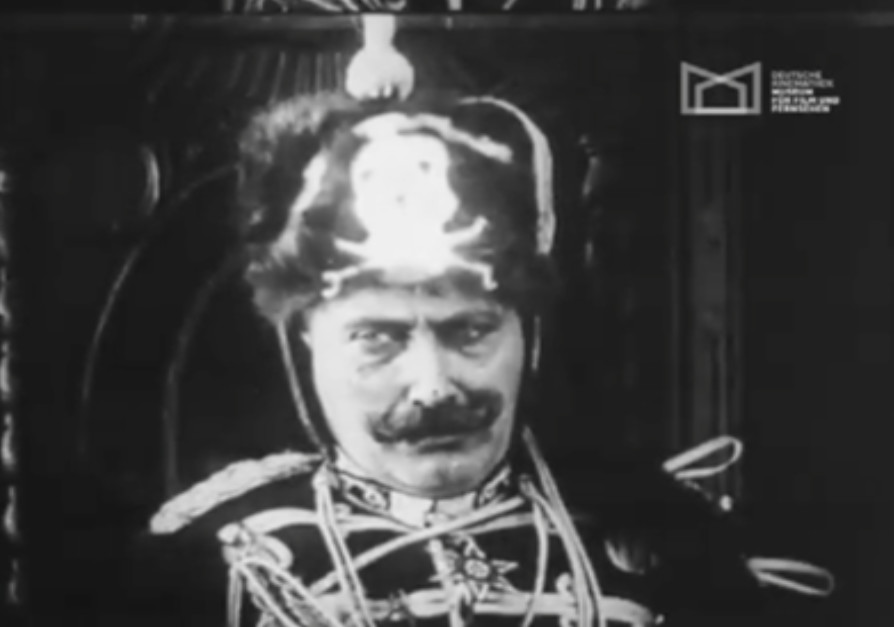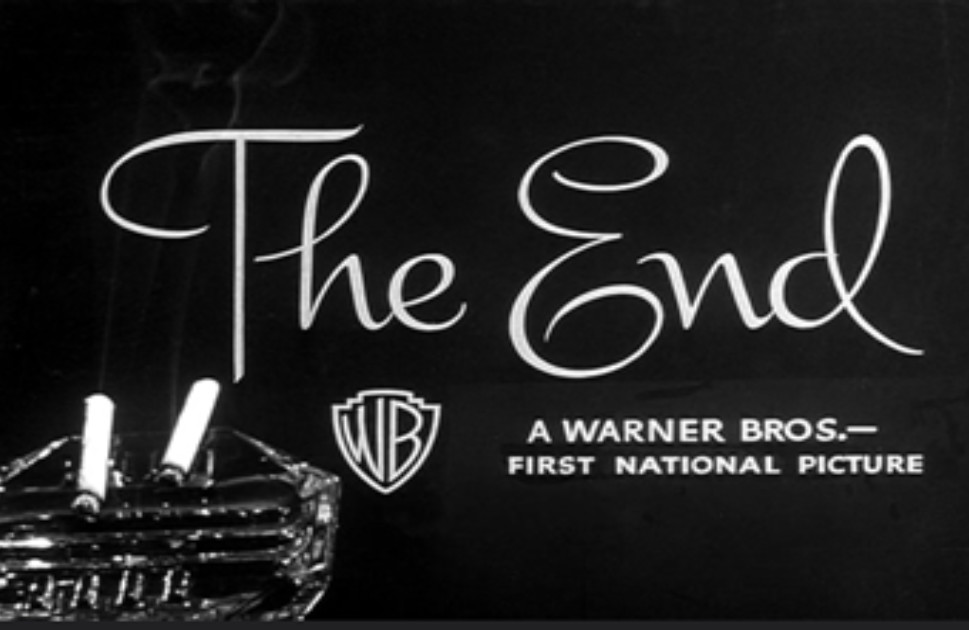
Arts & Culture
The Oscars shift from big screen to TV stream

As two giants of Hollywood’s culture-defining studios turn 100 this year – Warner Bros. and Disney – test your knowledge about their creative history
Published 13 November 2023
2023 marks the centenary for both Disney Studios and Warner Bros., two iconic studios that have shaped film industries, culture and history – expanding our imaginations and the way we see the world.
The films created by these studios have encouraged us to dream, aspire, mirror, empathise, see clearly – or even just to spend time in imaginary worlds – transcending our everyday lives.

In their own ways, Disney and Warner Bros. studios have acted as dominant forces in film history, contributing to the development of that magical cinematic formula, and all of its wild, experimental variations, that offer us illusionistic spaces to see, hear, feel, explore and lose ourselves within.
The Disney brothers came to California from Kansas in 1923 with a cartoon based on Alice In Wonderland to sell at a time when films were bought and sold outright.
In that same year, they established Disney Brothers Cartoon Studio. Changing the name to Walt Disney Studios and collaborating with major animators like Ub Iwerks, they expanded their animation production to include 75 musical short films, Silly Symphony (1929-1939) and, of course, the Mickey Mouse cartoons.

Arts & Culture
The Oscars shift from big screen to TV stream
Larger scale, film-length animations followed and in 1934 they began production on Snow White and the Seven Dwarfs, a film that took three years to draw and animate. But it was 1940’s Fantasia that really showed the potential for deep exploration of the relationship between music and animation.
Meanwhile, in 1923, the four Warner brothers incorporated their film company, giving the studio its own identity and officially naming it Warner Bros.
Warner Bros. became defined by their exploration of the potential of filmic technologies, particularly sound, and they released the ‘first talkie’ or film that synchronised sound with image in Al Jolson’s The Jazz Singer in 1927.
And Warner Bros. pushed boundaries.
After testing the limitations of censorship with their violent and popular pre-Code gangster films, they followed up with a series of ‘fallen women’ films like Baby Face (Alfred E. Green, 1933) which they were asked to pull out of distribution due to its licentiousness and refusal to punish the ambitious and highly sexual heroine, played by Barbara Stanwyck.
One hundred years after it was created Warner Bros. is now part of a vast media industry conglomerate that includes New Line Cinemas, DC Studios and Warner Bros. Discovery Home Entertainment, Games and Television Groups.
Their media library contains 125,000 feature films and 2,400 television programs, with more than 150,000 episodes.

Arts & Culture
A doll is just a doll is just a doll
In essence, films created by both Warner Bros. and Disney Studios rely on innovative technologies, particularly machinic technologies in the celluloid era, to project soft, kinetic illusions that really do ask us to imagine what it is to be human, in all of its forms.
So, are you ready to test your knowledge?
Q1: What is the name of the snowman in Disney’s animated film Frozen?
Q2: Who am I? My first appearance on screen was in a silent short film called Plane Crazy in 1928. My first name was Mortimer. Walt Disney originally provided my voice. I was created by Walt Disney and Ub Iwerks. I featured in Disney’s first cartoon to use synchronised sound. Since 1928, I have become the most recognisable symbol for Walt Disney Studios.
Q3: Walt Disney Studios collaborated with Pixar to produce a film in which the main character has anterograde amnesia – who is the character and what is the title of this film?

Q4: Disney Studios released the first ever feature-length digital animation – what is its title and year of release?
Q5: In 2022, Warner Bros. co-produced an epic biopic with Australian director Baz Luhrmann’s Bazmark Films about an American music legend. Name the star (hint – it’s also the film’s title).
Q6: Which city in Australia is home to Warner Bros. Movie World?
Q7: What shape is the Warner Bros. logo?
Q8: Name each of the Warner brothers.
Q9: Which studio was established first? Disney Studios or Warner Bros.?

Q10: Name the two people who founded the Disney studio in 1923.
Q11: What is the title of Warner Bros. first film with synchronised voices and when was it released?
Q12: True or false. Walt Disney was trained as an ambulance driver and posted to France during the final days of WWI.
Q13: What is the scent atomised in Main Street, Disneyland?
Q14: What 2023 release has become Warner Bros. highest grossing film?
Q15: Who provided the original voice for Warner Bros.’ Bugs Bunny?

Q16: Who was the choreographer for Warner Bros.’ The Gold Diggers of 1933?
Q17: Who was chairman of the Motion Picture Producers and Distributors of America and now has his name on the Censorship Code that was agreed to by all studios in 1934?
Q18: Which film, produced by Marilyn Monroe and Laurence Olivier, was distributed by Warner Bros.?
Q19: Who played the character of Nan Prescott in Footlight Parade (1933)?
Q20: Which Toho Studio monster film was revised and released by Warner Bros. in 2014?
Q21: What patent did Disney hold between 1932 and 1935?

Q22: Name the title of the film that features this dialogue:
“A woman, young, beautiful, like you, can get anything she wants in the world. Because you have power over men! But you must use men! Not let them use you. You must be a master! Not a slave. Look, here, Nietzsche says, ‘All life, no matter how we idealise it, is nothing more nor less than exploitation.’ That’s what I’m telling you! Exploit yourself! Go to some big city where you will find opportunities. Use men! Be strong! Defiant! Use men! To get the things you want.”
Q23: Who said this:
“The beautiful thing about Warner Brothers when I was there was, I only worked with great people, actors, directors, producers. But when I left, nobody said goodbye.”
Q24: What is the name of the sound system developed for Fantasia?
Q25: Who was the cinematographer on Disney’s Mulan (2020)?
Q26: What – according to the legend – were Walt Disney’s final (written) words?
Q27: What was the last film that Walt Disney worked on?
Q28: Who was the first female animator to receive a screen credit on a Disney film?
Q29: Who am I? I was born in Germany in 1900. I studied music before moving into animation. In 1936, I escaped Nazi Germany and traveled to Hollywood. I worked on the Bach sequence for Disney’s Fantasia, but was not credited.
Q30: Which US state hosts Disney’s Experimental Prototype Community of Tomorrow?
Q31: Name this film. I was produced by Warner Bros. Studios and Hal B Wallis in 1932. My screenplay was based on an autobiography written by Robert Elliott Burns. I am a pre-code gangster film starring Paul Muni as a convict on the run. The final lines of my dialogue are: “But you must Jim. How do you live?” “I steal.”
Q32: True or false. Animators used the phrase ‘Man is in the Forest’ to signal Walt Disney’s approach.
Q33: True or false. Walt Disney’s body remains cryogenically frozen.
Q34: Which film, produced by the Warner brothers, begins with this shot?

Q35: Which big budget noir film ends with this image?

That’s all folks! How did you do? Add up your scores and see how well you did out of 105.
Learn more about humanities research at the University of Melbourne at the Being Human Festival, an annual program celebrating the breadth, diversity and vitality of the humanities.
Founded in the UK in 2014, the festival helps researchers – from literature and history, languages and philosophy, art history, classics, and more – produce events and content that demonstrate the value and relevance of the humanities to public audiences.
With support from the Melbourne Humanities Foundation Board, the Faculty of Arts has hosted an international hub of the festival since 2018, engaging audience in non-traditional ways through a series of digital and in-person activities.
To find out more, visit the Faculty of Arts’ Being Human program page or the official UK festival website.
Banner: Getty Images